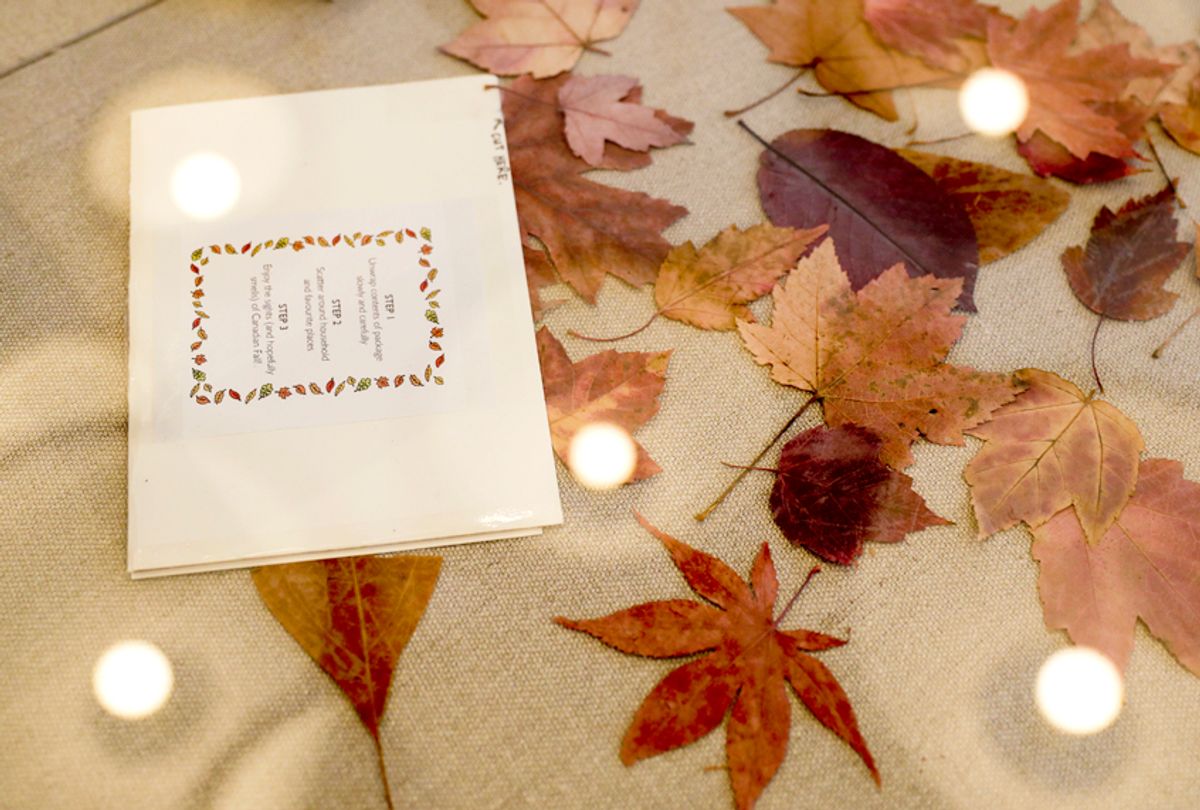Marie Kondo is a professional organizer, and her KonMari method asks a simple question: Do the objects in your life spark joy or not? With the popularity of her book, "The Life Changing Magic of Tidying Up," we’re encouraged to clean out our closets and throw out everything we’ve collected but no longer need.
“You know that you're experiencing a spark of joy,” she says, “when you touch it and all the feelings, every part of your body just kind of is a little bit like whoooop!”
Her method promises that by tidying your physical space, you can tidy your life and ultimately face yourself. But since we invest objects with our memories, they often take on a life of their own, even the stuff that doesn’t spark joy, and it can be nearly impossible to let go of what appears to be joyless garbage. This is why the Museum of Broken Relationships exists.
With the original museum in Zagreb and a new one in Los Angeles, both locations accept mementos people don’t want to forget but also don’t necessarily want to hold onto. They collect, catalogue and display everything from old love letters to wedding dresses. The idea and the concept behind this museum is to help provide an outlet for people who don't have the heart to give away what they once adored. Donating to the museum allows you to experience both the act of letting go and the desire to memorialize.
“So what we are commemorating are these memorable moments when you are able to say there is a before and after,” says Olinka Vištica, the co-founder of the original Museum of Broken Relationships in Zagreb, Croatia. “Things were never the same after that moment, and these are moments that mark us profoundly.”
The museum started with a familiar problem. “It was born out of a really personal experience,” said Vištica. “The co-founder of the museum, Dražen and myself, we were in an intimate relationship for a long time. And then that moment we all fear came. We were surrounded by all these objects that had a special meaning to us because there were events, moments, people behind them. Wouldn't it be wonderful if there was something like an archive where you could keep your emotions alive? So we came to this simple idea of exhibiting personal objects together with the personal story of their owners as a museum. These objects you see are all from everyday life. You can see similar things in your house, in your apartment. Sometimes they are kind of bizarre or surprising but they look familiar.”
The magic between a memory and an object is undeniable. But what if the memories we attach to our objects were not true but imagined? If we knew the memories we placed onto the objects were fiction, would we still elevate the objects, or would they inevitably become trash? Two writers, Rob Walker and Joshua Glenn, attempted to answer this question with the Significant Object Project. They auctioned yard sale trinkets with fictional descriptions and fetched real money for them on Ebay.
To hear what they discovered, listen to “Everything In Its Right Place.”



Shares